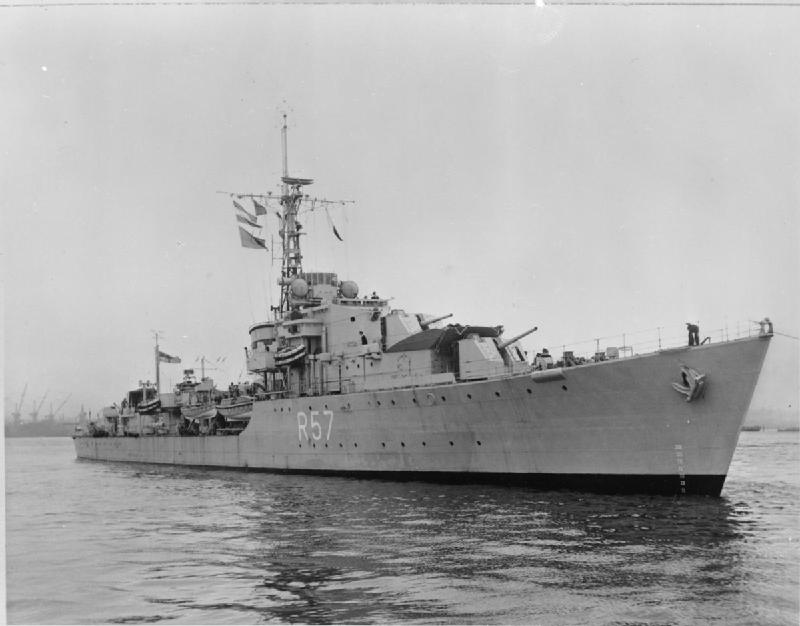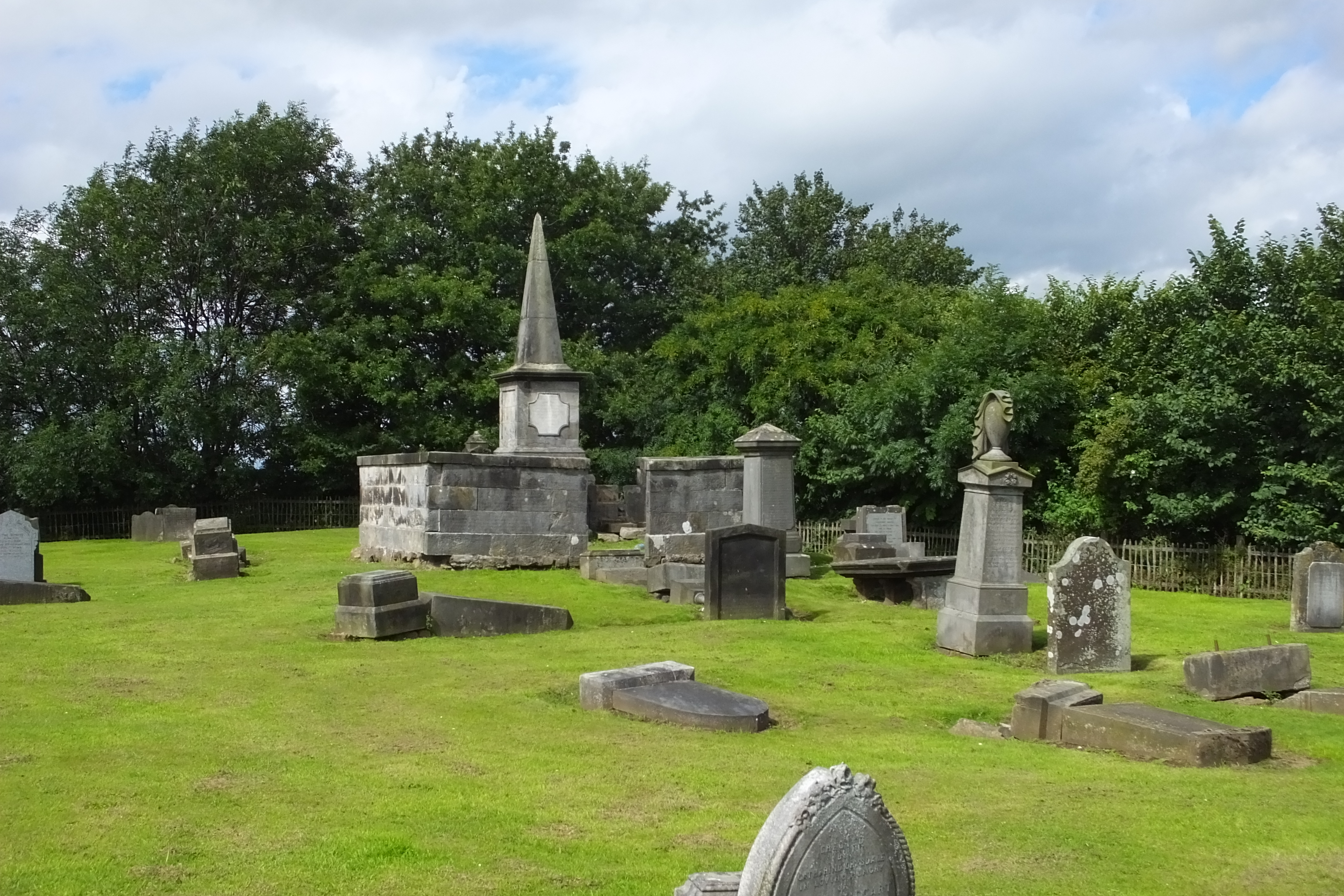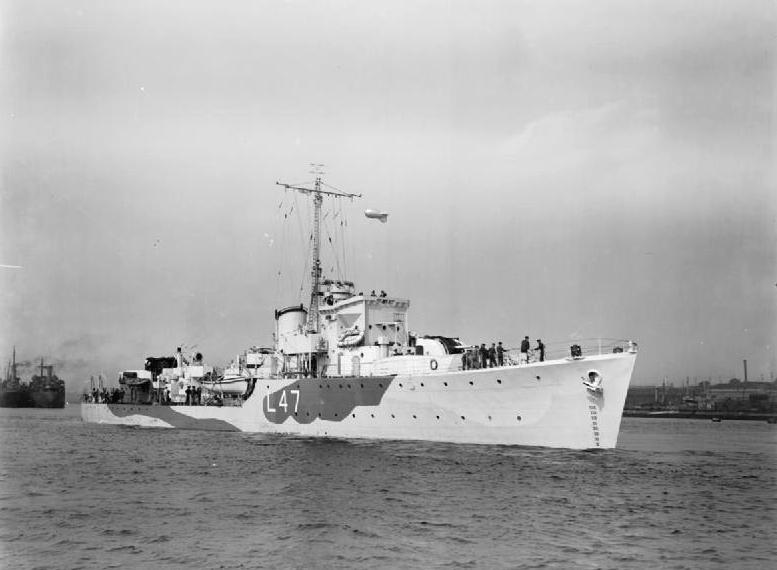|
Empire Dirk
''Kowloon No.1'' was a cargo ship that was built in 1943 as ''Empire Dirk'' by Ailsa Shipbuilding Co Ltd, Troon, Ayrshire, United Kingdom for the Ministry of War Transport (MoWT). Spending the war years in home waters, she was sold into merchant service in 1951 and renamed ''Nancy Moller'', and then ''Mount Austin'' after a further sale later that year. In 1956, she was sold to the Australian Government and renamed ''Coolabah''. She was sold to Hong Kong in 1956 and renamed ''Troon Breeze''. A sale in 1964 to Panama saw her renamed ''Cachupin'' before she was sold back to Hong Kong in 1966 and renamed ''Kowloon No.1''. She served until 1967 when she ran aground off Hachinohe, Japan. Although refloated, she was declared a constructive total loss and was scrapped in 1968. Description The ship was built in 1943 by Ailsa Shipbuilding Co Ltd, Troon. She was yard number 447. The ship was long, with a beam of . She had adepth of , and a draught of . As built, she was assessed ... [...More Info...] [...Related Items...] OR: [Wikipedia] [Google] [Baidu] |
Official Number
Official numbers are ship identifier numbers assigned to merchant ships by their flag state, country of registration. Each country developed its own official numbering system, some on a national and some on a port-by-port basis, and the formats have sometimes changed over time. As an internationally recognized ship identifier, national official numbers have largely been superseded by the IMO number, though flag states still use national systems, which also cover those vessels not subject to the IMO regulations. British official number Beginning in 1855, with the implementation of the Merchant Shipping Act 1854, all British seagoing vessels were assigned an official number to give each ship a unique identity, even after being renamed or changing the port of registry. U.S. official number After the passage of legislation in the United States Congress in 1866, all American ships were required to carve the official number on the main beam; the system was controlled by the Bureau of Sta ... [...More Info...] [...Related Items...] OR: [Wikipedia] [Google] [Baidu] |
Cardiff
Cardiff (; cy, Caerdydd ) is the capital and largest city of Wales. It forms a principal area, officially known as the City and County of Cardiff ( cy, Dinas a Sir Caerdydd, links=no), and the city is the eleventh-largest in the United Kingdom. Located in the south-east of Wales and in the Cardiff Capital Region, Cardiff is the county town of the historic county of Glamorgan and in 1974–1996 of South Glamorgan. It belongs to the Eurocities network of the largest European cities. A small town until the early 19th century, its prominence as a port for coal when mining began in the region helped its expansion. In 1905, it was ranked as a city and in 1955 proclaimed capital of Wales. Cardiff Built-up Area covers a larger area outside the county boundary, including the towns of Dinas Powys and Penarth. Cardiff is the main commercial centre of Wales as well as the base for the Senedd. At the 2021 census, the unitary authority area population was put at 362,400. The popula ... [...More Info...] [...Related Items...] OR: [Wikipedia] [Google] [Baidu] |
Methil
Methil (Scottish Gaelic: Meadhchill) is an eastern coastal town in Scotland. It was first recorded as "Methkil" in 1207, and belonged to the Bishop of St Andrews. Two Bronze Age cemeteries have been discovered which date the settlement as over 8,000 years old. Famous for its High Street having the most pubs per mile in Scotland, it was part of its own barony in 1614 and also part of the former burgh of Buckhaven and Methil. This burgh existed between 1891 and 1975 (following the reorganisation of local government). It is situated within a continuous urban area described as Levenmouth. Methil lies geographically between Largo Bay to the east and Wemyss Bay to the west. Previously an industrial maritime powerhouse of the region and once Scotland's greatest coal port, it is now redirecting itself towards a green energy future. The River Leven delineates Methil from adjacent towns. Toponymy The name, Methil, is from Scottish Gaelic, and appears to derive from ''meadh(on)'' me ... [...More Info...] [...Related Items...] OR: [Wikipedia] [Google] [Baidu] |
Essex
Essex () is a county in the East of England. One of the home counties, it borders Suffolk and Cambridgeshire to the north, the North Sea to the east, Hertfordshire to the west, Kent across the estuary of the River Thames to the south, and Greater London to the south and south-west. There are three cities in Essex: Southend, Colchester and Chelmsford, in order of population. For the purposes of government statistics, Essex is placed in the East of England region. There are four definitions of the extent of Essex, the widest being the ancient county. Next, the largest is the former postal county, followed by the ceremonial county, with the smallest being the administrative county—the area administered by the County Council, which excludes the two unitary authorities of Thurrock and Southend-on-Sea. The ceremonial county occupies the eastern part of what was, during the Early Middle Ages, the Anglo-Saxon Kingdom of Essex. As well as rural areas and urban areas, it forms ... [...More Info...] [...Related Items...] OR: [Wikipedia] [Google] [Baidu] |
Southend-on-Sea
Southend-on-Sea (), commonly referred to as Southend (), is a coastal city and unitary authority area with borough status in southeastern Essex, England. It lies on the north side of the Thames Estuary, east of central London. It is bordered to the north by Rochford and to the west by Castle Point. It is home to the longest pleasure pier in the world, Southend Pier. London Southend Airport is located north of the city centre. Southend-on-Sea originally consisted of a few poor fishermen's huts and farms at the southern end of the village of Prittlewell. In the 1790s, the first buildings around what was to become the High Street of Southend were completed. In the 19th century, Southend's status of a seaside resort grew after a visit from Princess Caroline of Brunswick, and Southend Pier was constructed. From the 1960s onwards, the city declined as a holiday destination. Southend redeveloped itself as the home of the Access credit card, due to its having one of the UK's first ... [...More Info...] [...Related Items...] OR: [Wikipedia] [Google] [Baidu] |
Isle Of Wight
The Isle of Wight ( ) is a county in the English Channel, off the coast of Hampshire, from which it is separated by the Solent. It is the largest and second-most populous island of England. Referred to as 'The Island' by residents, the Isle of Wight has resorts that have been popular holiday destinations since Victorian times. It is known for its mild climate, coastal scenery, and verdant landscape of fields, downland and chines. The island is historically part of Hampshire, and is designated a UNESCO Biosphere Reserve. The island has been home to the poets Algernon Charles Swinburne and Alfred, Lord Tennyson. Queen Victoria built her summer residence and final home, Osborne House at East Cowes, on the Isle. It has a maritime and industrial tradition of boat-building, sail-making, the manufacture of flying boats, hovercraft, and Britain's space rockets. The island hosts annual music festivals, including the Isle of Wight Festival, which in 1970 was the largest rock music ... [...More Info...] [...Related Items...] OR: [Wikipedia] [Google] [Baidu] |
St Helens, Isle Of Wight
St Helens is a village and civil parish located on the eastern side of the Isle of Wight. The village developed around village greens. This is claimed to be the largest in England but some say it is the second largest. The greens are often used for cricket matches during the summer and football in the winter, and also include a children's playground. The village is a short distance from the coast, about a ten-minute walk to St Helens Duver. The Duver was once the location of the island's first golf course (one of England's first golf courses), which for a while was almost as famous as the golf course at St Andrews. It is now a popular beach for tourists during the summer season and is protected by the National Trust. It is linked to other parts of the island by Southern Vectis bus route 8 serving Ryde, Bembridge, Sandown and Newport including intermediate villages. History The origin of St Helens seems to revolve around the Cluniac Priory and the monastic church, built ci ... [...More Info...] [...Related Items...] OR: [Wikipedia] [Google] [Baidu] |
Dartmouth, Devon
Dartmouth () is a town and civil parish in the English county of Devon. It is a tourist destination set on the western bank of the estuary of the River Dart, which is a long narrow tidal ria that runs inland as far as Totnes. It lies within the South Devon Area of Outstanding Natural Beauty and South Hams district, and had a population of 5,512 in 2001, reducing to 5,064 at the 2011 census. There are two electoral wards in the ''Dartmouth'' area (Townstal & Kingswear). Their combined population at the above census was 6,822. History In 1086, the Domesday Book listed ''Dunestal'' as the only settlement in the area which now makes up the parish of Dartmouth. It was held by Walter of Douai. It paid tax on half a hide, and had two plough teams, two slaves, five villagers and four smallholders. There were six cattle, 40 sheep and 15 goats. At this time Townstal (as the name became) was apparently a purely agricultural settlement, centred around the church. Walter of Douai rebelled a ... [...More Info...] [...Related Items...] OR: [Wikipedia] [Google] [Baidu] |
Plymouth, Devon
Plymouth () is a port city and unitary authority in South West England. It is located on the south coast of Devon, approximately south-west of Exeter and south-west of London. It is bordered by Cornwall to the west and south-west. Plymouth's early history extends to the Bronze Age when a first settlement emerged at Mount Batten. This settlement continued as a trading post for the Roman Empire, until it was surpassed by the more prosperous village of Sutton founded in the ninth century, now called Plymouth. In 1588, an English fleet based in Plymouth intercepted and defeated the Spanish Armada. In 1620, the Pilgrim Fathers departed Plymouth for the New World and established Plymouth Colony, the second English settlement in what is now the United States of America. During the English Civil War, the town was held by the Parliamentarians and was besieged between 1642 and 1646. Throughout the Industrial Revolution, Plymouth grew as a commercial shipping port, handling imports an ... [...More Info...] [...Related Items...] OR: [Wikipedia] [Google] [Baidu] |
Destroyer
In naval terminology, a destroyer is a fast, manoeuvrable, long-endurance warship intended to escort larger vessels in a fleet, convoy or battle group and defend them against powerful short range attackers. They were originally developed in 1885 by Fernando Villaamil for the Spanish NavySmith, Charles Edgar: ''A short history of naval and marine engineering.'' Babcock & Wilcox, ltd. at the University Press, 1937, page 263 as a defense against torpedo boats, and by the time of the Russo-Japanese War in 1904, these "torpedo boat destroyers" (TBDs) were "large, swift, and powerfully armed torpedo boats designed to destroy other torpedo boats". Although the term "destroyer" had been used interchangeably with "TBD" and "torpedo boat destroyer" by navies since 1892, the term "torpedo boat destroyer" had been generally shortened to simply "destroyer" by nearly all navies by the First World War. Before World War II, destroyers were light vessels with little endurance for unattended o ... [...More Info...] [...Related Items...] OR: [Wikipedia] [Google] [Baidu] |
Hunt Class Destroyer
The Hunt class was a ship class, class of escort destroyer of the Royal Navy. The first vessels were ordered early in 1939, and the class saw extensive service in the World War II, Second World War, particularly on the British east coast and Mediterranean convoys. They were named after List of foxhound packs of the United Kingdom, British fox hunts. The modern Hunt-class mine countermeasures vessel, Hunt-class glass-reinforced plastic, GRP hulled mine countermeasure vessels maintain the Hunt names lineage in the Royal Navy. History The Royal Navy had identified the need for two types of destroyer: larger vessels with heavy gun and torpedo armaments for fleet work and another type for escort duties. Although old fleet destroyers could be allocated to escort work, they were unsuitable for the task and new construction replaced them. Fleet destroyers were designed for speed and their machinery was inefficient at convoy speeds, reducing their range. Their shape made them poor sea b ... [...More Info...] [...Related Items...] OR: [Wikipedia] [Google] [Baidu] |
Hampshire
Hampshire (, ; abbreviated to Hants) is a ceremonial county, ceremonial and non-metropolitan county, non-metropolitan counties of England, county in western South East England on the coast of the English Channel. Home to two major English cities on its south coast, Southampton and Portsmouth, Hampshire is the 9th-most populous county in England. The county town of Hampshire is Winchester, located in the north of the county. The county is bordered by Dorset to the south-west, Wiltshire to the north-west, Berkshire to the north, Surrey to the north-east, and West Sussex to the south east. The county is geographically diverse, with upland rising to and mostly south-flowing rivers. There are areas of downland and marsh, and two national parks: the New Forest National Park, New Forest and part of the South Downs National Park, South Downs, which together cover 45 per cent of Hampshire. Settled about 14,000 years ago, Hampshire's recorded history dates to Roman Britain, when its chi ... [...More Info...] [...Related Items...] OR: [Wikipedia] [Google] [Baidu] |








